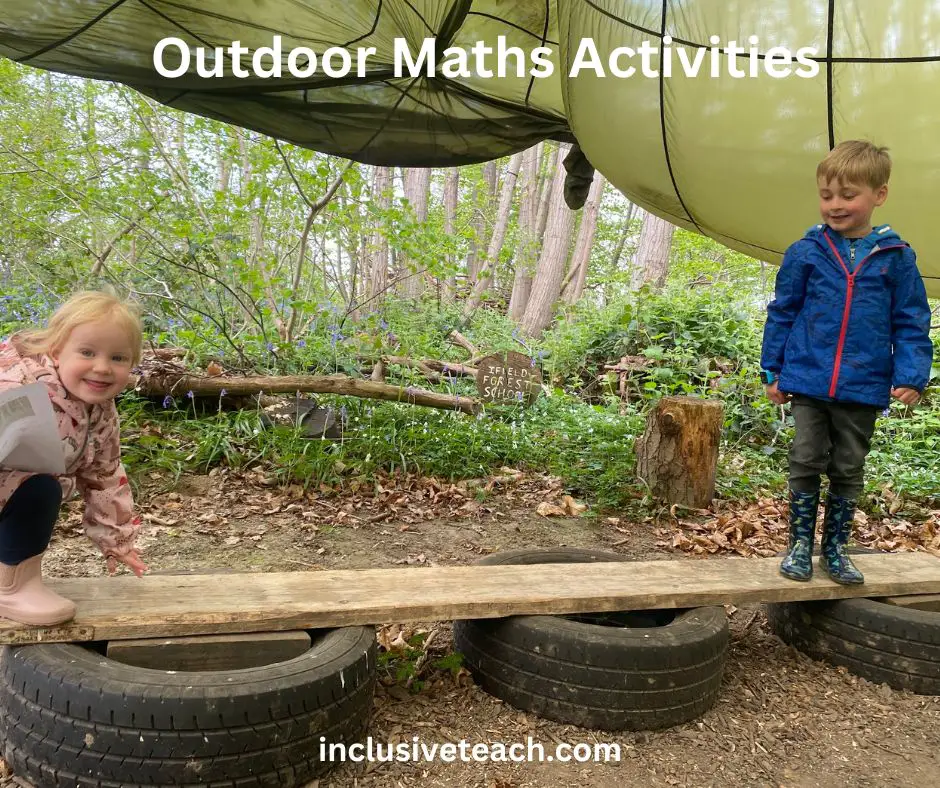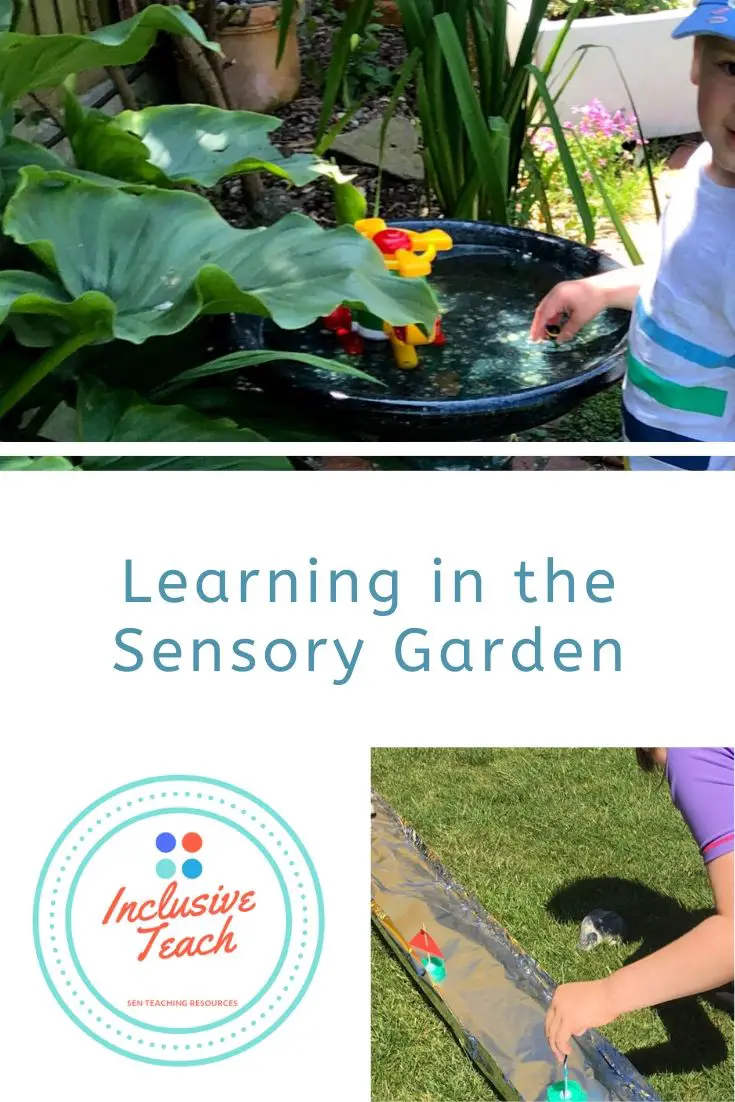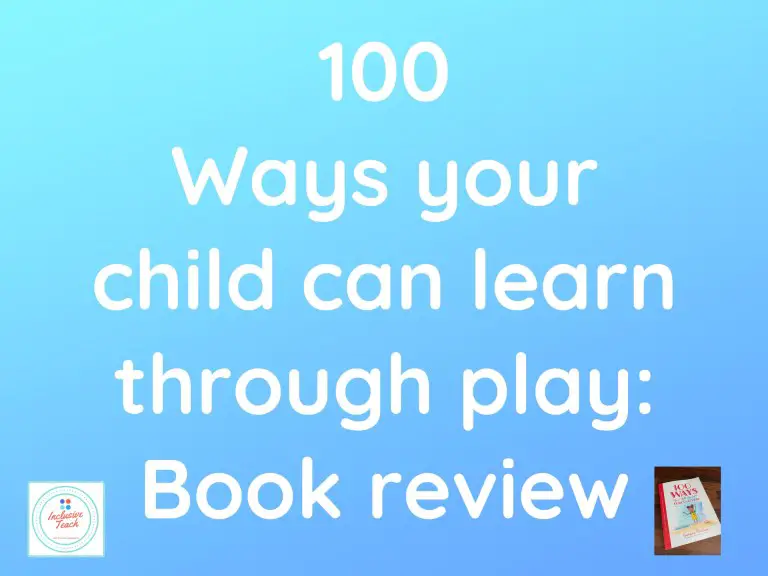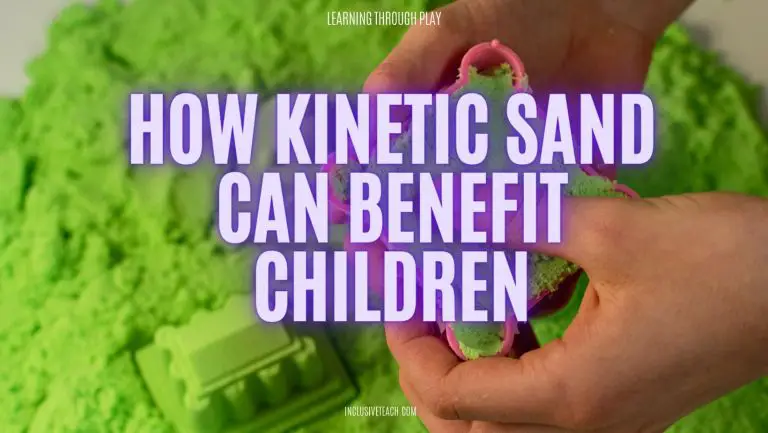9 Ideas for Outdoor Maths Lessons
Outdoor Maths Lessons and Activities
Taking maths lessons, and indeed any lessons outdoors can breathe new life into the subject, making it engaging and interactive for students. By bringing math concepts into the real world, students can see the practical applications and relevance of what they are learning. Here are some creative ideas for outdoor maths lessons that will make multi-sensory maths outdoors come alive for your students.
1. Measurement Outdoor Maths Scavenger Hunt
Create an outdoor scavenger hunt activity that involves measuring various objects and distances outdoors. Provide students with measuring tapes, rulers, or measuring sticks, and challenge them to find objects with specific measurements, such as a tree with a circumference of 1 meter or a rock that weighs 500 grams. This activity not only reinforces measurement skills but also encourages observation and critical thinking. You can make it Super simple like this activity by Katie at Earlyyearsoutdoor it is just representing number using scavenged outdoor resources.
2. Outdoor Maths Geometry in Nature
Explore geometric shapes and patterns in nature. Take students on a nature walk and ask them to identify different shapes they encounter, such as circles (e.g., tree trunks, flowers), squares (e.g., windows, benches), and triangles (e.g., leaves, roofs). Discuss the properties and characteristics of these shapes and how they relate to the natural world.
3. Data Collection and Analysis Outdoors
Engage students in collecting and analyzing real-world data. Have them conduct surveys or observations outdoors, such as counting the number of birds they see or recording the types of plants in a specific area. Back in the classroom, guide them in organising and representing the data using graphs, charts, or tables. Analyse the data as a group and draw conclusions based on their findings.
4. Maths Olympics in the Garden
A maths-themed Olympics event outdoors. Set up stations with different multi-sensory maths challenges and activities, such as measuring the distance of a long jump, estimating the height of a tree, or solving math puzzles. Divide students into teams and rotate them through the stations, awarding points based on performance. This fun and competitive activity reinforces math skills while promoting teamwork and physical activity.
5. Budgeting and Money Management
Teach students about budgeting and money management by setting up a mock outdoor marketplace. Assign students roles as buyers and sellers, and provide them with a budget. Students can set up stalls with various items for sale and negotiate prices. They will need to use their math skills to calculate costs, make purchases, and manage their budgets effectively.
6. Maths in Art
Combine math and art by encouraging students to create outdoor geometric art installations. Provide them with materials like chalk, ropes, and coloured paper. Challenge them to create geometric shapes, patterns, or tessellations using these materials. Discuss the mathematical principles behind their creations and how they can be found in art and architecture.
7. Time and Motion
Use the outdoors to teach concepts related to time and motion. Have students time each other while running or performing different activities. Ask them to calculate average speeds, distances covered, or time taken to complete tasks. This hands-on approach helps students understand the relationship between time, distance, and speed in a practical context. A homemade sundial is really easy to make.

25 Quick and Easy EYFS Maths Activities for Outdoors
Here are 25 outdoor maths activities suitable for Early Years Foundation Stage (EYFS) learners:
- Nature Scavenger Hunt:
- Create a list of natural items (leaves, rocks, flowers) for children to find and count.
- Leaf Rubbings:
- Collect leaves and use crayons to create rubbings, discussing patterns and shapes.
- Outdoor Number Line:
- Use chalk to draw a number line on the ground. Children can jump or hop to different numbers.
- Measuring Shadows:
- Observe how shadows change throughout the day. Measure their lengths using sticks or rulers.
- Counting Steps:
- Count steps as children walk from one point to another. Discuss more/less, odd/even numbers.
- Nature Patterns:
- Collect natural materials (pinecones, leaves) and create repeating patterns.
- Outdoor Shape Hunt:
- Look for shapes in the environment (circles in tree trunks, rectangles in windows).
- Seed Planting:
- Plant seeds and discuss growth, measuring plant height over time.
- Outdoor Number Bonds:
- Use stones or sticks to create number bonds (e.g., 5 = 2 + 3).
- Water Play Math:
- Explore capacity by filling different containers with water.
- Nature Tally Chart:
- Count and record the number of birds, insects, or flowers seen during an outdoor session.
- Outdoor Clock Faces:
- Draw clock faces on the ground. Children can move the hands to show different times.
- Estimation Jars:
- Fill jars with natural materials (acorns, pinecones). Estimate and count the items.
- Outdoor Shape Sorting:
- Sort leaves, sticks, or rocks by shape (circle, triangle, square).
- Outdoor Number Bingo:
- Create bingo cards with outdoor numbers (e.g., 3 leaves, 2 birds).
- Nature Symmetry:
- Find natural objects with symmetry (butterfly wings, flower petals).
- Outdoor Number Line Jumping:
- Place numbered cones or markers on the ground. Children jump to different numbers.
- Outdoor Abacus:
- Use sticks or beads to create an abacus for counting and adding.
- Measuring Footprints:
- Measure the length of footprints left in mud or sand.
- Outdoor Shape Art:
- Arrange sticks or stones to create geometric shapes.
- Nature Patterns with Sticks:
- Create repeating patterns using sticks on the ground.
- Outdoor Dice Games:
- Roll dice and perform actions (e.g., jump, hop) the corresponding number of times.
- Outdoor Number Hunt:
- Hide numbered cards or stones for children to find and order.
- Outdoor Clock Hunt:
- Search for natural objects that resemble clock hands (sticks, leaves).
- Nature Measurement:
- Use non-standard units (leaves, sticks) to measure lengths or heights.
To Conclude
Outdoor maths lessons provide valuable opportunities for students to apply mathematical concepts in real-world settings. They foster a deeper understanding of mathematical principles and make learning enjoyable and relatable. Putting learning in context is always better than doing worksheets.






